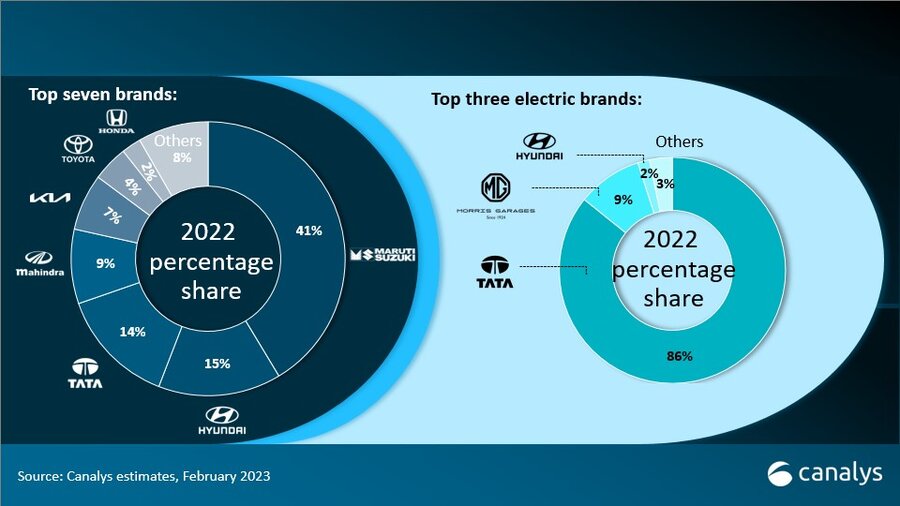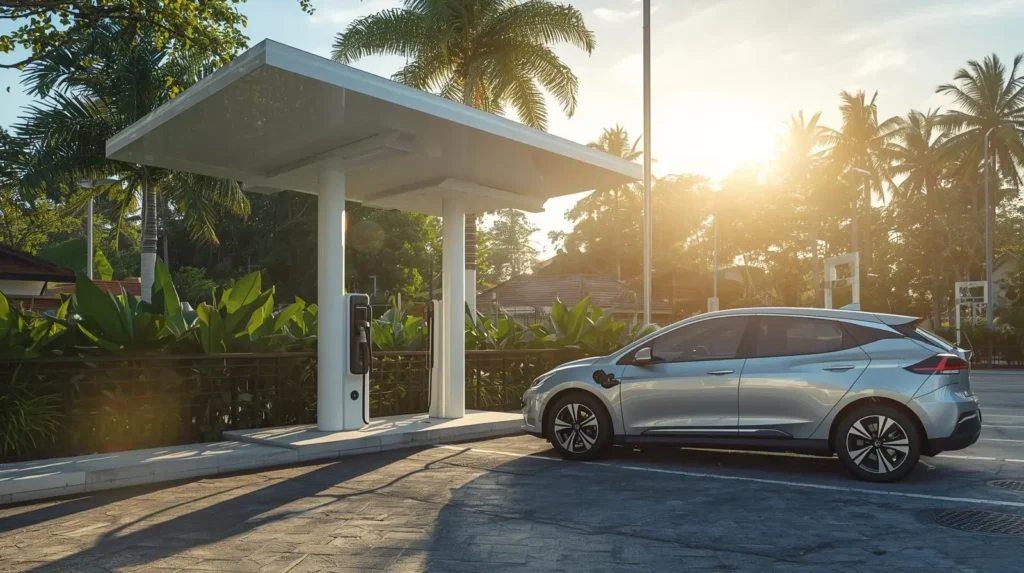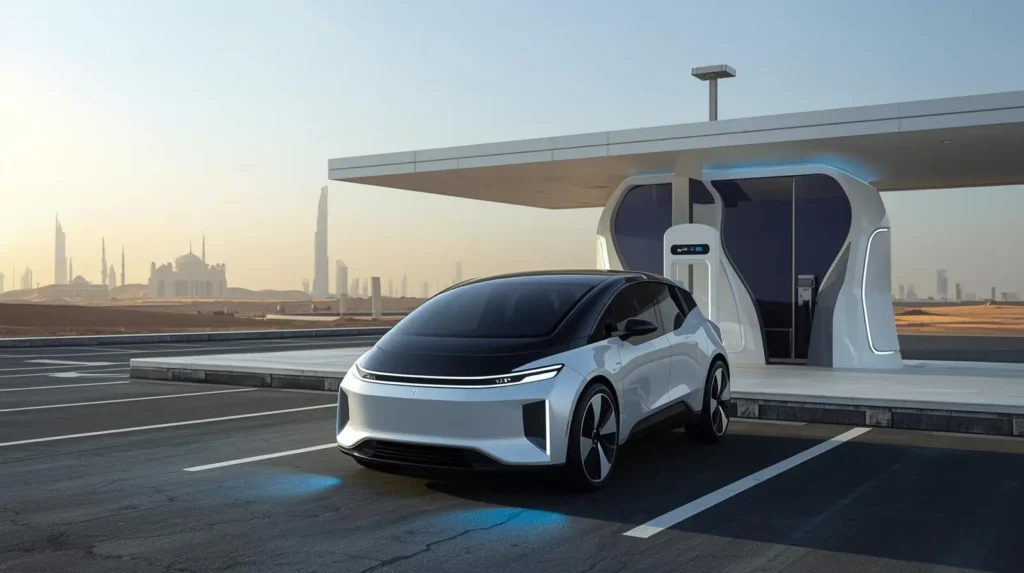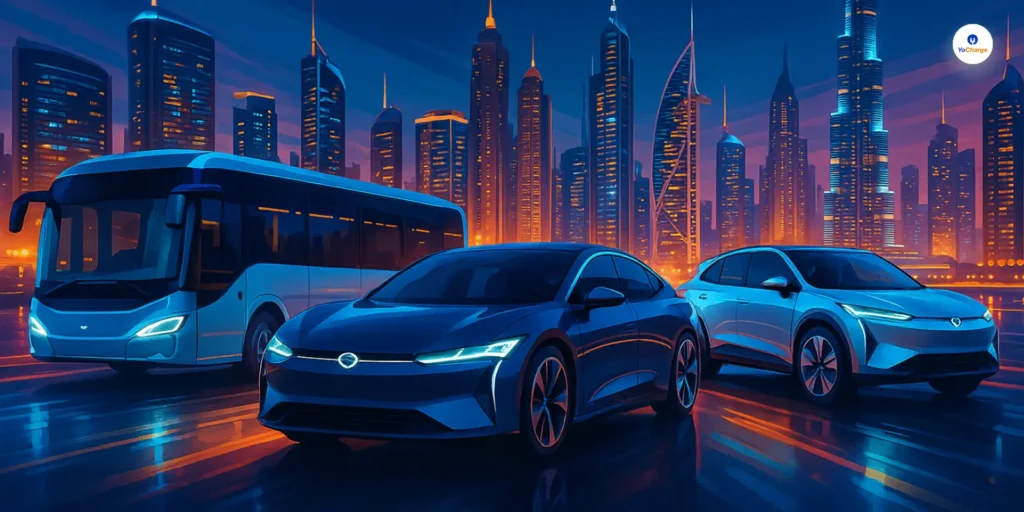In 2022, the market for electric vehicle (EVs) in India increased by 223%, adding around 48,000 EVs. Despite potential economic challenges, premium customers have a healthy hunger for new technologies, which is helping the market grow.
“The overall sentiment around the auto industry remained strong in India during 2022, propelled by pent-up demand and rising consumer buying power,” said Ashwin Amberkar, Canalys Automotive Analyst.

He continued, “Modern automobiles have top-notch connection, entertainment, and driving assistance systems.” Tata dominates the EV industry with just two models the Nexon EV and Tigor EV holding 86% of the market share. With 9% of the market share and 1.6% of the market share, respectively, MG’s ZS EV and Hyundai’s Kona come in second and third.
Tata’s most popular electric vehicle start at under $20,000, which is the sweet spot for consumers looking to purchase a second vehicle for commuting in cities. Although in limited numbers, luxury manufacturers like Audi, BMW, and Mercedes-Benz offer Indian customers their widely popular EV vehicles. Despite posting record sales, Mercedes-Benz and BMW had less than 1% of the market.
In 2023, Maruti Suzuki, the largest automaker in India, will concentrate on producing hybrid and alternative fuel vehicles. It has presented the first electric SUV that would be offered starting in 2025. Hyundai has already debuted its second electric SUV, the IONIQ 5, and is currently ranked second behind Maruti in the Indian auto industry. Tata intends to introduce the Harrier EV and Sierra EV by 2024 and 2025, respectively.
Karnataka’s Chamarajanagar district embraces Electric vehicles
In the Chamarajanagar district, the number of electric car registrations is continuously rising as more people choose these vehicles over those that use fossil fuels. Up to 518 electric vehicles have been registered over the past three years, which represents a significant increase. This development occurs as government agencies work to meet the demands of people who utilize electric vehicles by installing charging stations.
Regional transport officer for Chamarajanagar Sudhamani noted a gradual rise in the district’s e-vehicle registration during the previous two years. The transportation department has also taken steps to promote customers by enabling the improvement of infrastructure for these electric vehicles because these vehicles are environmentally friendly. According to CESC executive engineer Vasanthkumar of the Chamarajanagar division, the division has planned to install 20 charging stations for two-, three-, and four-wheeled vehicles through a public-private collaboration.
“The power utility has identified locations for 16 charging points, including its six locations. Of the 16, four of them will come up along the national highways, remaining 12 points are identified as taluk and district headquarters. Work on ten charging points will be taken up shortly,” he said.
512 of the 518 registered electric vehicles in the border district are two-wheelers, five are cars, and one is a freight vehicle. According to the most recent information from the transport department, 48 were registered in 2021, 219 in 2022, and 245 in 2022–23.
Since Chamarajanagar lacks many reputable e-vehicle retailers, many of them imports from Mysuru.
Since there are no charging stations for four-wheeler electric cars in the district, many consumers are discouraged from choosing four-wheelers. Individuals who have purchased two-wheeler electric vehicles are charging from the facilities at their houses. Even the expensive price of these electric cars is preventing consumers from purchasing them.
According to some local residents, individuals are not choosing to purchase these electric automobiles because there are no charging stations for four-wheeled vehicles in the city. But according to Uma Mahesh, an e-vehicle sales agent, once the charging units are created and infrastructure is enhanced, the sale of e-vehicles would increase in the area.



